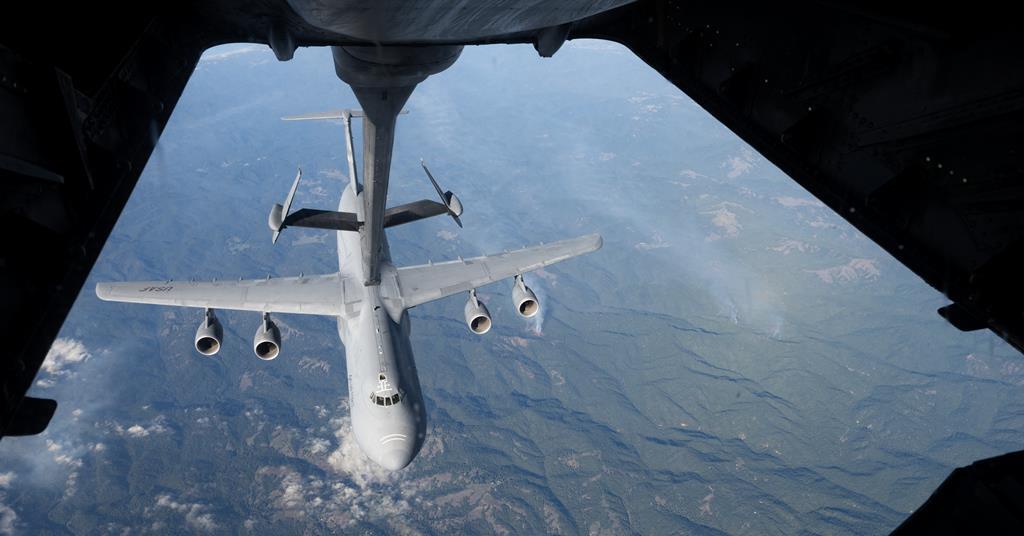The US Air Force (USAF) has successfully conducted a groundbreaking test of a new aerial refueling technique known as reverse flow, demonstrating the capability of a transport aircraft to transfer jet fuel to a tanker. This innovative demonstration, conducted on December 12 over the states of California and Oregon, involved a Lockheed Martin C-5M Super Galaxy strategic lifter and a Boeing KC-10 Extender aerial refueling jet.
The reverse flow concept involves a tanker connecting to the transport aircraft via a refueling boom. Unlike standard operations where the tanker offloads fuel to the transport, in this approach, the tanker instead takes on gas from the transport to top off its own onboard supply. This eliminates the need for a second tanker aircraft, allowing more tanker assets to be available for various missions.
The recent test showcased the C-5M offloading 10,660 kilograms (23,500 pounds) of fuel to a KC-10 in approximately 30 minutes. Major Justin Wilson, Chief of Standards and Evaluations at the 22nd Airlift Squadron, which conducted the reverse flow test, highlighted the significance of using a C-5 as a floating gas station. This approach enables more tankers to be positioned for offloading to fighter or mobility aircraft, expanding operational flexibility.

The C-5M Super Galaxy, initially delivered to the USAF in 1970, underwent a comprehensive modernization program starting in 1998, resulting in upgraded avionics and propulsion using four GE Aerospace CF6-80C2-L1F (F-138) commercial engines. The reverse flow test marks a notable advancement in the capabilities of this long-serving strategic airlift platform.
By proving the viability of the reverse flow concept, the USAF is exploring ways to enhance the range and capabilities of tanker aircraft. The 22nd Airlift Squadron noted that the test provided valuable data for future applications. Reverse air refueling results in the aircraft getting lighter at a quicker rate than traditional flight, impacting the aircraft’s flying characteristics.
Technical Sergeant Robin Ogg, a C-5M flight engineer, explained the modifications made for reverse air refueling, stating, “To execute the reverse air refuel, we made amendments to two of our normal checklists. These changes were in the flight engineer’s fuel panel configuration to set us up to give fuel versus receiving it.”
The Air Mobility Command (AMC) of the USAF, responsible for providing airlift and in-flight refueling services globally, has been exploring creative ways to maximize the utility of its existing fleet of aircraft. In addition to the reverse flow concept, AMC has experimented with other platform innovations, such as launching palletized cruise missiles from transport aircraft and using Boeing B-52 bombers for cargo delivery.
The successful execution of reverse flow air refueling opens up new possibilities for optimizing aerial refueling operations, potentially leading to increased efficiency, flexibility, and expanded mission capabilities for the USAF.









